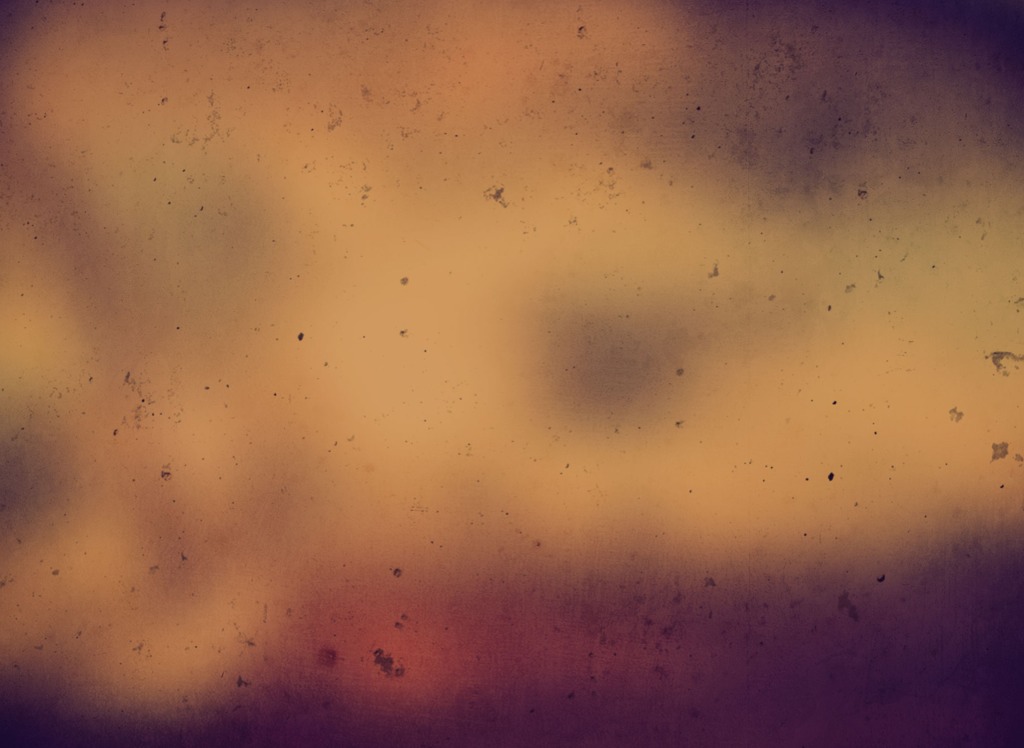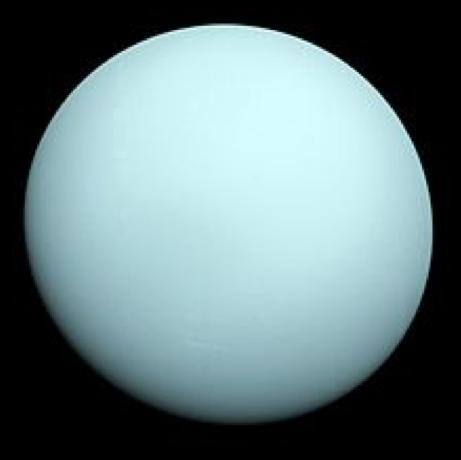Sign up for FlowVella
Sign up with FacebookAlready have an account? Sign in now
By registering you are agreeing to our
Terms of Service
Loading Flow


Uranus
Uranus is the seventh planet from the Sun. It has the third-largest planetary radius and fourth-largest planetary mass in the Solar System. Uranus is similar in composition to Neptune, and both are of different chemical composition to the larger gas giants Jupiter and Saturn. Thus, astronomers sometimes place them in a separate category called "ice giants". Uranus's atmosphere, although similar to Jupiter's and Saturn's in its primary composition of hydrogen and helium, contains more "ices", such as water, ammonia, and methane, along with traces of hydrocarbons. It is the coldest planetary atmosphere in the Solar System, with a minimum temperature of 49 K (−224.2 °C), and has a complex, layered cloud structure, with water thought to make up the lowest clouds, and methane the uppermost layer of clouds. In contrast, the interior of Uranus is mainly composed of ices and rock.

The surface area is 3.121 billion sq miles (8.083 billion km),
It's radius is 15,759 miles (25,362 km), Its mass is 86.81E24 kg (14.54 Earth mass), It was discovered on March 13, 1781, Its orbital period is 84 years, and it has 27 known moons.
Uranus